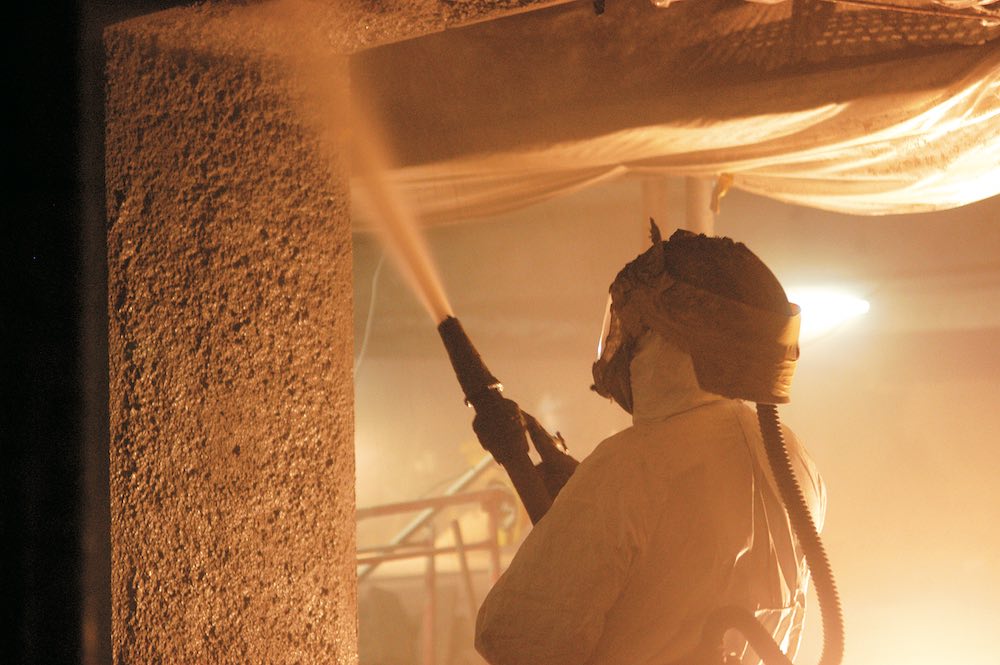One of the most iconic sections of York’s famous city walls is set to begin a series of repairs from the start of February.
A mixture of concrete repairs and traditional stone masonry techniques will be used by the City of York Council, after consultations and evaluations with Historic England, to preserve the city walls, the most complete example of Roman wall construction still to exist in England today.
The City of York Council benefits from having an in-house stonemason team, which is one of the few teams of its kind and has carefully planned and prepared to ensure that any repairs are robust, authentic and will protect the walls for years to come.
The planned works will replace damaged and worn stone cladding, as well as create an active water management system which will ensure water damage is reduced and reduce the need for further repairs.
The repair works are taking place on Station Avenue, on one of five of the city’s road arches, and are set to be completed by the end of March.
As a result of these repairs, the walkway on top of the wall between Station Road and Lendal Bridge will be closed, and there will be partial closures of the roads and footpaths underneath the arch overnight.
The Bar Walls, as they are known in the area, date back to 71AD, during the Roman occupation of England. York became a fortress town as a result and the foundations, as well as half of the walls that still exist to this day trace back to this initial occupation.
After the Danish occupation of the North and East of England in 867, many of the walls were restored, and the remaining walls were ultimately constructed between 1100 and 1300, although due to the lack of historical writings from this period it is uncertain exactly when.
From there the walls have been a major part of history and have been frequently restored and repaired, particularly during the English Civil War (by the Parliamentarian ‘Roundheads’) and the Jacobite Risings.
The most major change in recent history occurred in the 19th century, as the rise of the railway necessitated the creation of five arches between Toft’s Tower and Barker Tower.
As the transport network changed and diversified, these arches were raised and widened, before they were demolished and replaced with a stronger alternative made of steel and concrete, with stone cladding to match the existing walls in 1965.
Since the walls are a Grade I listed structure and a scheduled monument, there are particular requirements to any work or changes that take place.
The local authority must provide special permission for any demolition, extension or alteration of any listed building, and an amenity must also be notified of any work, which is part of the reason why Historic England is involved in approving this work.

